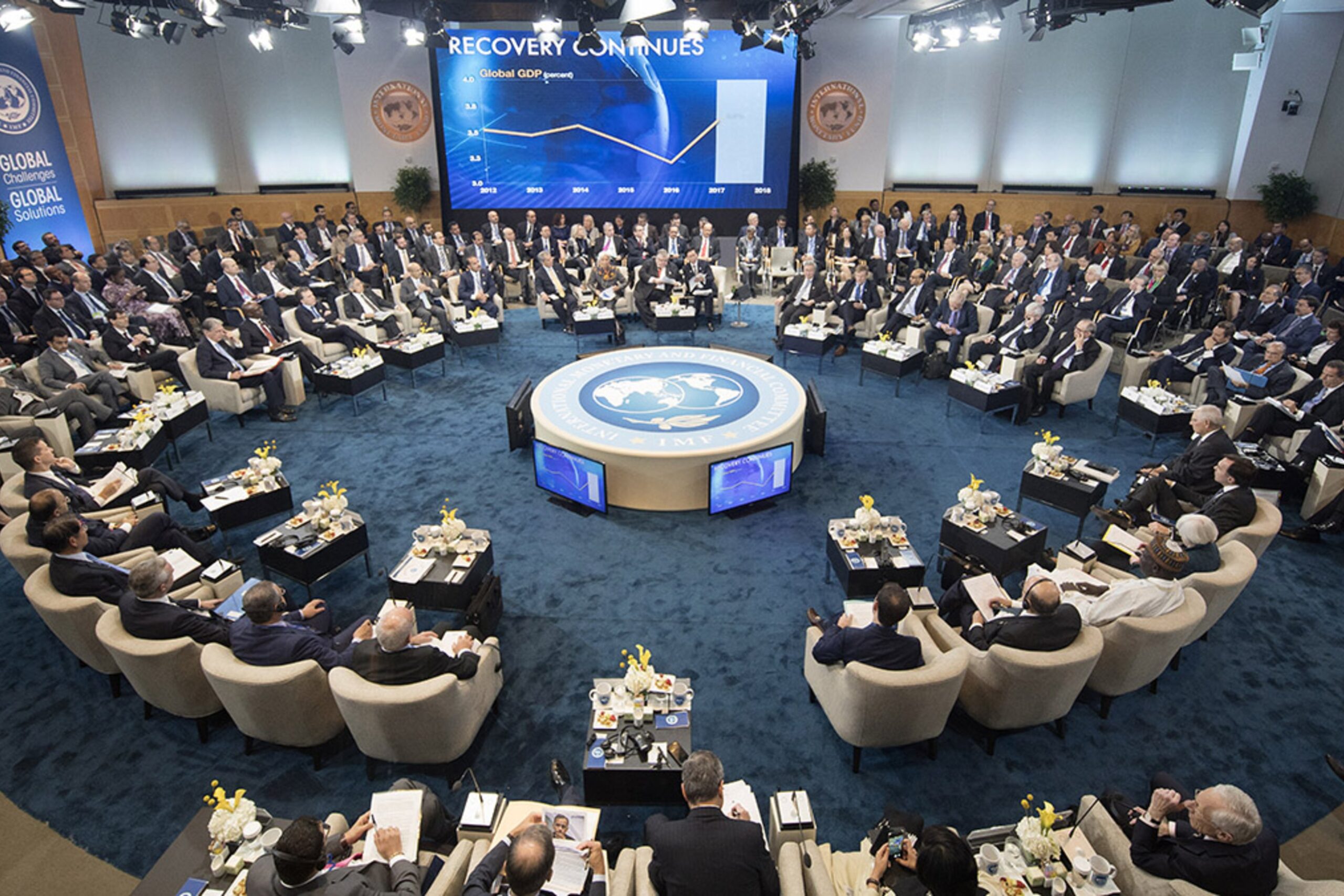IMF applauds Zim on meeting NDS1 targets
The IMF noted that necessary key reforms relate to enhancing exchange rate flexibility, tightening monetary policy, eliminating forex restrictions, mobilising additional revenues, lowering subsidies and enhancing fiscal controls, strengthening financial sector stability, fighting corruption, and improving transparency.
ZIMBABWE successfully met several targets of the National Development Strategy 1 (NDS 1) during the first year of the policy blueprint’s implementation, but needs a financial plan and specific policies to drive the momentum.
This was said by the International Monetary Fund (IMF) in a statement released by the global fund last week following its Article IV consultation, with the multilateral lender commending most of the Government’s policy targets in the blueprint.
Last year, the Government launched NDS 1, which is a five-year blue-print that seeks to drive transformation towards the attainment of Vision 2030 of an upper middle-income economy.
Under Vision 2030, the Second Republic is targeting a gross domestic product (GDP) per capita of US$3 500 from the 2018 level of US$1 720.
“The key objectives of the authorities’ National Development Strategy (NDS) are appropriate but need specific measures and a financing plan. Objectives include sustaining macro-economic stability, lowering poverty and inequality, and transforming institutions to enhance public sector efficiency and service delivery.
“Progress was made in meeting several first year targets. Fleshing out of the specific policies and a financing plan would enhance the successful implementation of the NDS,” it said.
The IMF noted that necessary key reforms relate to enhancing exchange rate flexibility, tightening monetary policy, eliminating forex restrictions, mobilising additional revenues, lowering subsidies and enhancing fiscal controls, strengthening financial sector stability, fighting corruption, and improving transparency.
If the above measures are implemented in their entirety, the IMF said, spending could be reallocated towards social and capital outlays.
“Growth would increase to about five percent, a key target of the NDS 1, reflecting increases in the capital stock and productivity,” it said.
The Government has projected growth to average 5 percent in 2022 and over the mediumterm.
“The authorities (Government) indicated that staff’s IAPS’ (Illustrative active policy scenario) medium-term growth objectives were broadly consistent with those in the NDS 1 and that specific policies would be articulated in the annual budgets.
“They acknowledged that the medium-term fiscal framework in their 2022 budget fell short of policies and targets identified in their NDS 1, particularly regarding revenue mobilisation and the rationalisation of subsidies and transfers,” said IMF.
In the context of fragility, the multilateral financial institution said the Government viewed the creation of policy space, without inciting reform-related protests, as a key dimension of Zimbabwe’s development agenda.
“The authorities appreciate the extensive technical assistance that is critical for Zimbabwe’s development needs.
“They view international re-engagement as critical for a debt resolution and access to
financial support and noted that failure to achieve this could weaken policy confidence and
constrain the feasibility of critical reforms,” said IMF.-The Herald










